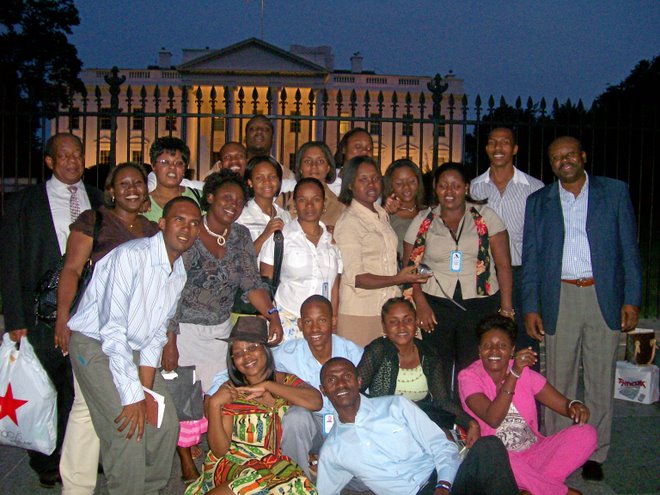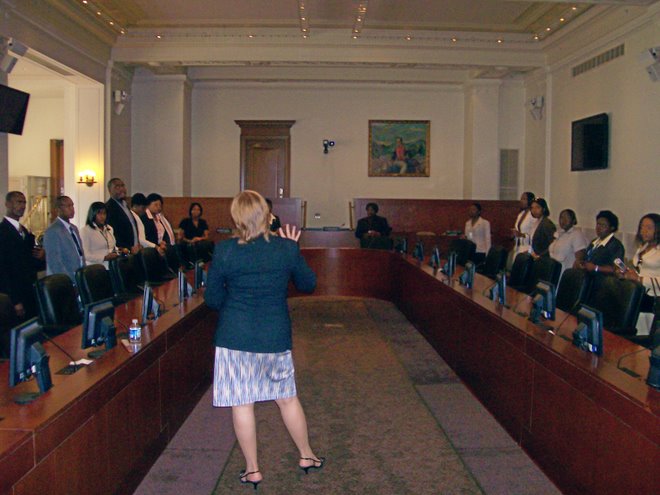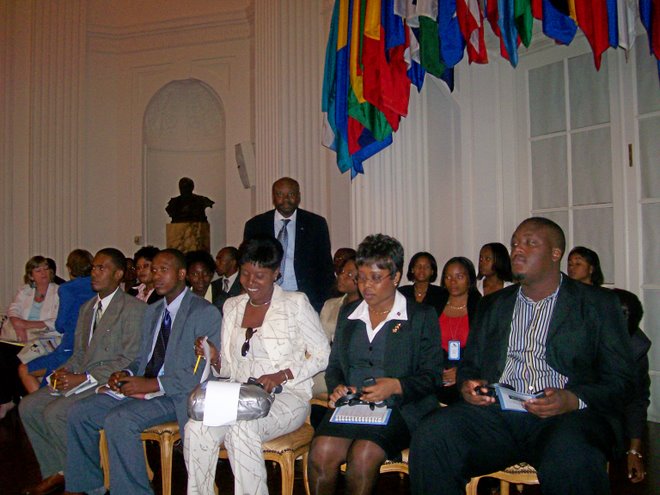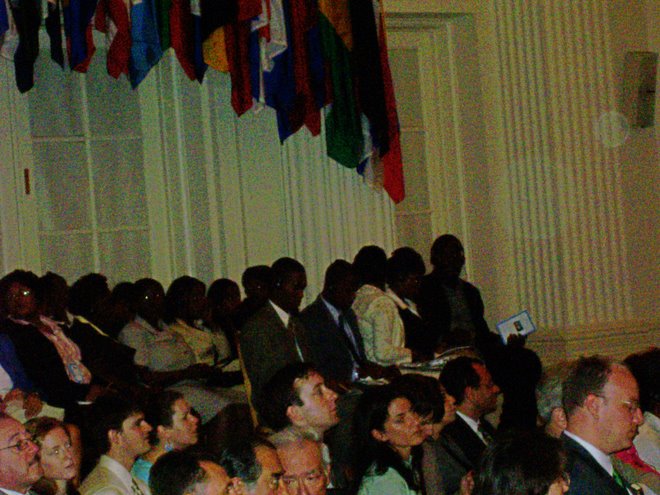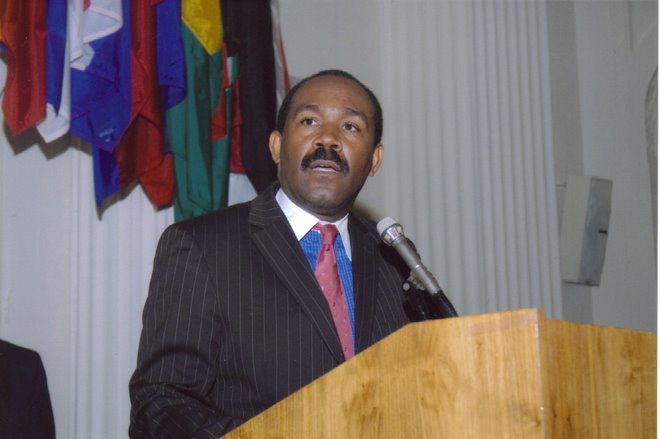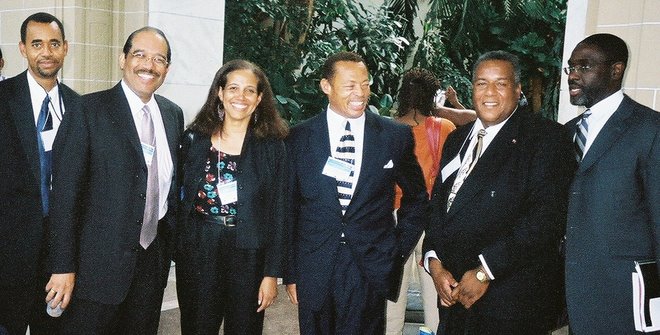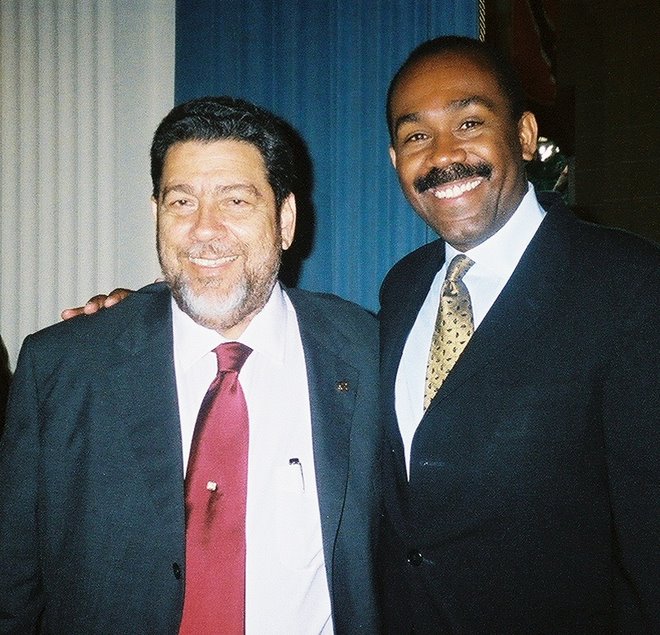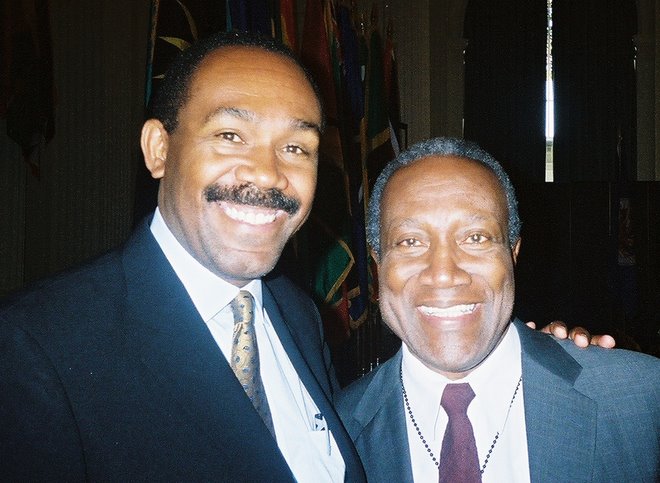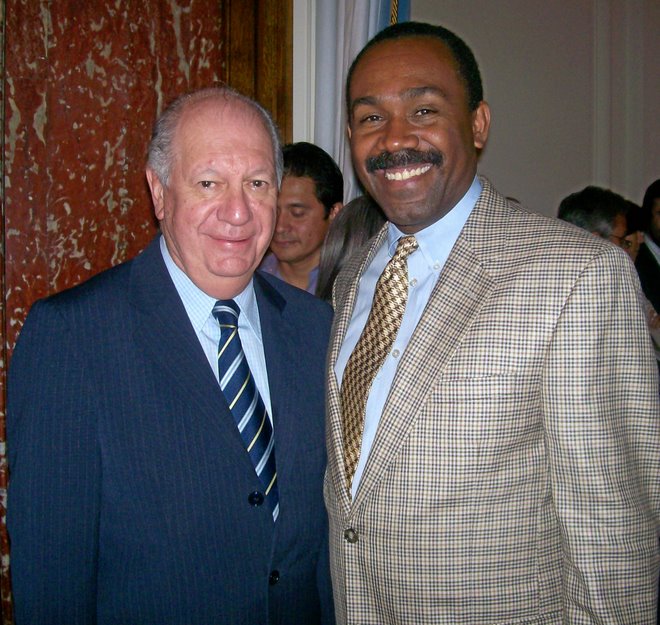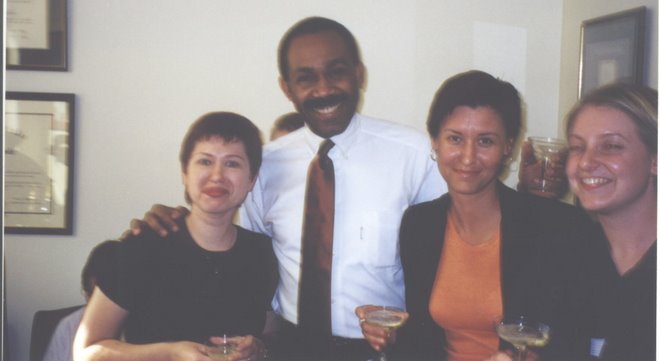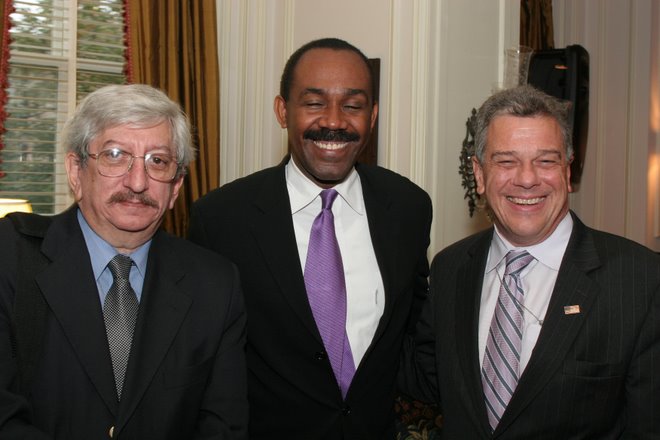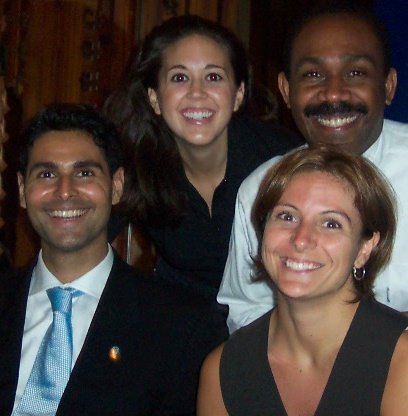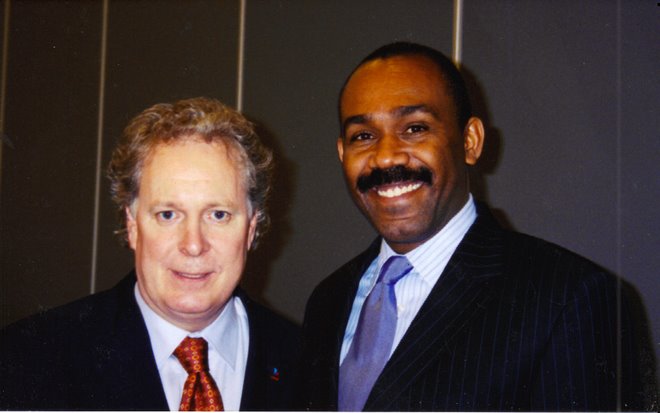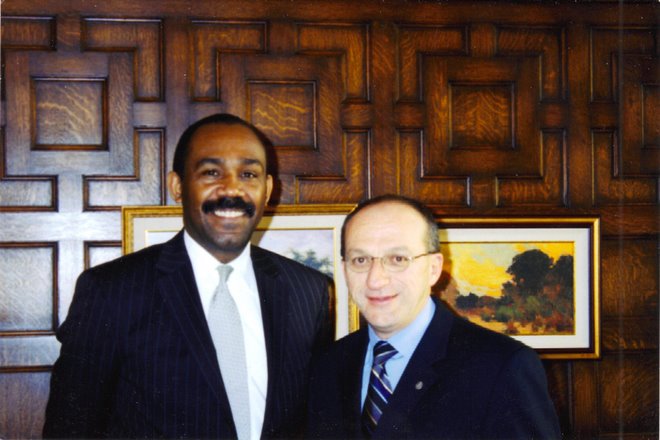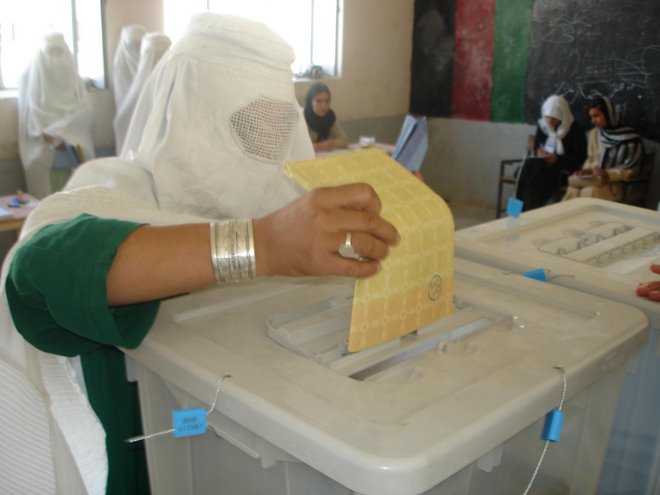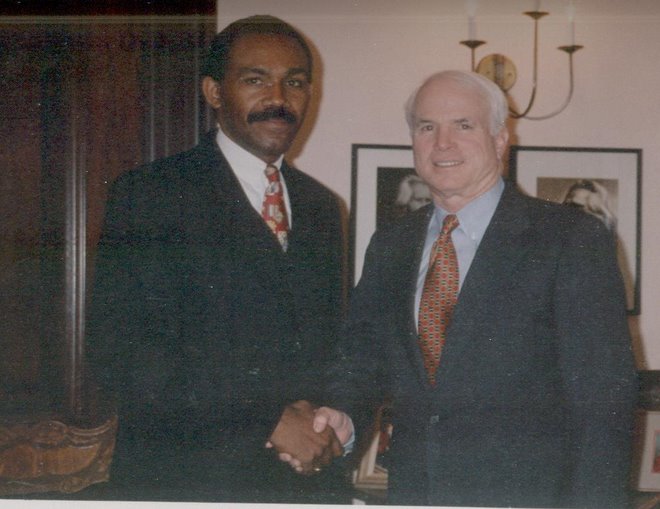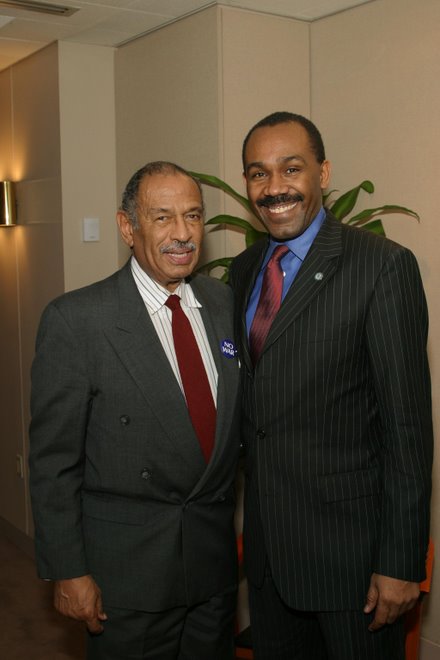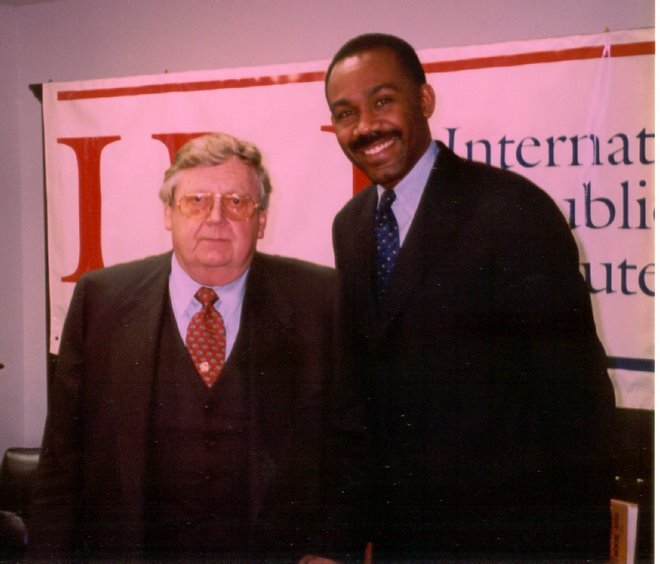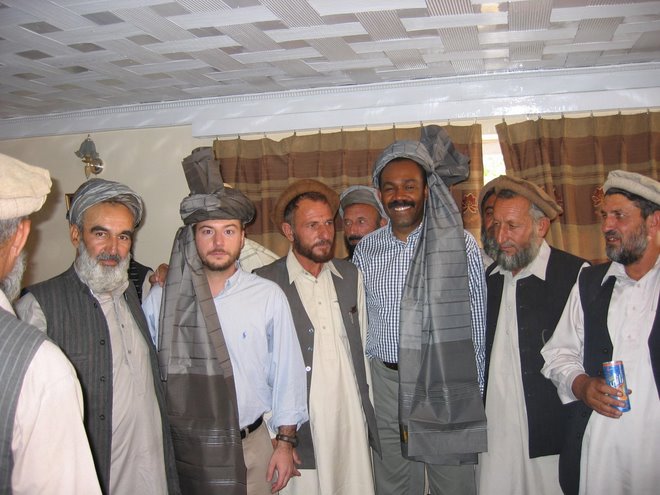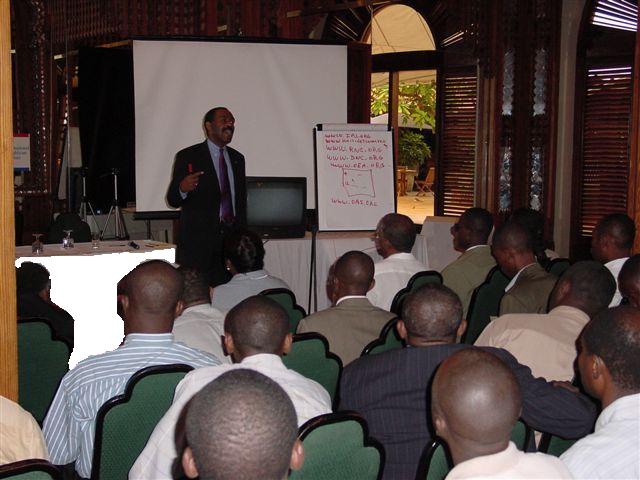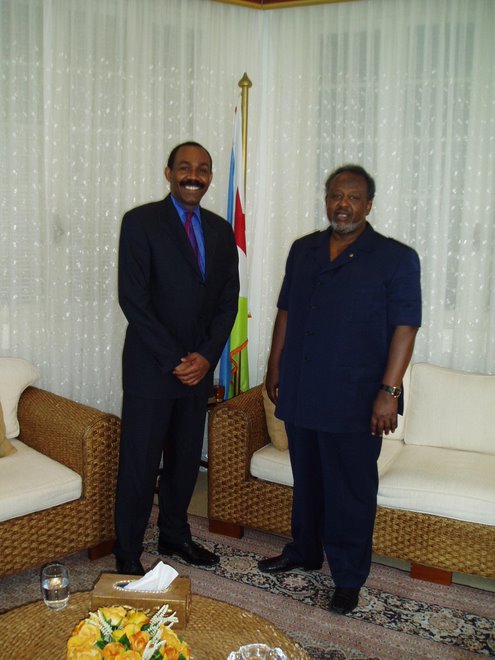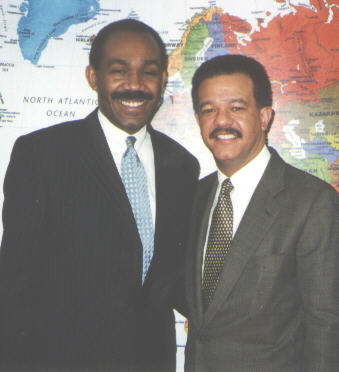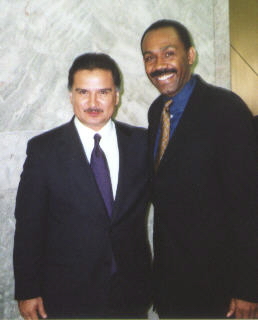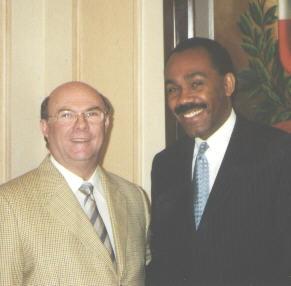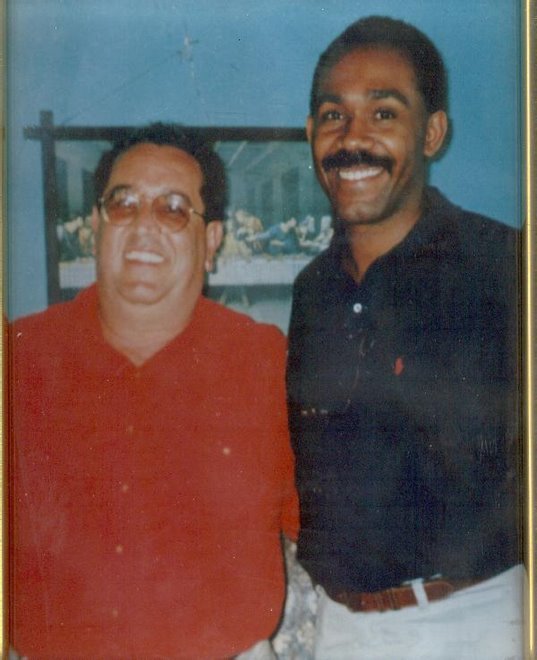In the aftermath of the earthquake in Haiti, donors pledged billions of dollars for reconstruction efforts. With those dollars was a commitment to “build back better”; this time was supposed to be different from previous big aid campaigns.
But so far, less than half of donor pledges have been disbursed, and it has become clear that “building back better” remains nothing more than a slogan. While there clearly have been successes in Haiti since the earthquake and the hard work of thousands of aid workers shouldn’t be discounted, nearly half-a-million remain homeless and hundreds of thousands more are living in desperate conditions.
With a visible lack of results and little hard data with which to assess progress, one question naturally arises: Where did the money go? At the Center for Economic and Policy Research and together with many other organizations, we’ve been trying to track where exactly the money that did get spent, went. It hasn’t been easy.
To be sure, aid projects shouldn’t be judged solely on what percent of an aid budget went to overhead, or how much went to American consultants or was spent on American products as opposed to Haitian consultants and products. Ideally, the effectiveness of projects should be based on their outcomes, not just on the breakdown of how funds are spent. But measuring outcomes often isn’t feasible. A nominally independent review of the U.S. government’s response in Haiti attempted to measure the quality and impact of aid, but “a disquieting lack of data on baselines against which to measure progress or even impact” prevented them from doing so.
As taxpayers, we have the right to know how our tax dollars are being used and if they are used effectively. Specifically, this means looking at the United States Agency for International Development (USAID), which has spent well over a billion dollars in Haiti since 2010. To their credit, it’s not difficult to obtain the first level of transparency: to which organizations USAID gave funds. USAID factsheets reveal that close to 100 percent of humanitarian funds for Haiti were channeled through NGOs, U.N. agencies or right back to other U.S. government agencies. Included in this billion-plus dollars hundreds of millions of dollars in contracts which have gone overwhelmingly to “beltway bandits” — firms located in D.C., Maryland or Virginia. Only 0.02 percent by our latest tally has gone to Haitian firms.
But this isn’t the end of the line when it comes to transparency. Once funds are given to an organization, what are they spent on? What were they meant to achieve? How much goes back to the US and how much goes to local firms?
In a meeting last October in Port-au-Prince a USAID official defended the awarding of contracts to so-called “beltway bandits,” telling me that, while certainly some money goes off the top for their profits, much gets spent in country or is given to local subcontractors. It was a back-of-the-envelope calculation, but he estimated that each international worker sent to Haiti could cost up to $250,000 a year.
The important part, he stressed, was that this money would be spent in Haiti on electricity, security, housing, etc. “He has to live here, eat here, dance here, whatever,” the official reasoned.
And as for how much money is actually going to local subcontractors, did USAID have any data on this they’d be willing to share? While I was assured that a systematic approach to capturing this data was in the works, in the meantime the same USAID official explained to me that, “you need hard data…and I need that hard data too.”
It’s a critical issue. To be able to judge how effectively US taxpayer money is being spent in Haiti, we need to know what actually gets spent in Haiti and what gets funneled back to the US. Local procurement is a sustainable way to improve the Haitian economy; channeling aid through local businesses creates jobs, develops capacity and reduces the need for more aid down the line. While USAID has begun an ambitious reform agenda, which includes increasing local procurement, they readily admit that “the Agency does not have the systems in place to track sub-grants and sub-contracts.”
USAID may not have the systems in place, but they at least should collect the information. Following a Freedom of Information Act request, I received a USAID task order with Chemonics, a for-profit development firm that is the largest single recipient of USAID funds for Haiti since the earthquake. The task order requires the contractor to “track and report on the overall monthly commitments and disbursements for all activities and non-activity expenditures.”
Further, the contract states that Chemonics “is required to provide a detailed budget and vouchers for all subcontractors.” So USAID may not be able to systematically process this information, but if the contractor and USAID are doing their jobs, the data does exist.
In responding to my FOIA request, in which I asked for “all communications or records relating” to the two contracts USAID had with Chemonics since the earthquake, USAID only provided me with their two task orders. These are vague documents that list the general goals of the program, but no specific targets or works to be completed. Of all the various documents and financial reports that the contractor was required to submit to USAID, none of them were released, nor were they even withheld. It was as if they didn’t exist. Further, all of the cost information, including overhead and labor costs, was redacted on the grounds that this is considered the proprietary information of the contractor and could cause competitive harm.
There have been some successes. Just a few weeks ago, following up on a request, USAID published a list of Haitian organizations that had received direct USAID funding. The total was less than $10 million out of more than $1 billion spent to date. Although it was an extremely low percentage of spending – just about one percent – it was a step in the right direction for USAID. Of course, there is still no data available on where funds are going at the subcontracting level.
The USAID Inspector General (IG) has six audits of Haiti programs planned for 2012, which hopefully will provide valuable information that so far hasn’t been publically available. In November 2010 the IG had found numerous problems with the work of Chemonics and others involved in cash-for-work programs.
Despite noting that contractors “were operating in an environment with high risk for fraud,” USAID had not performed financial reviews. Currently, an audit of Chemonics is being performed by the IG, and could be published later this summer. But while Chemonics may be the largest recipient of USAID funds in Haiti, they’re far from the only USAID partner whose activities and financials are shielded from public scrutiny.
In Busan, South Korea, at the Fourth High-Level Forum on Aid Effectiveness, Secretary of State Hillary Clinton announced, to a round of applause, that the U.S. was joining the International Aid Transparency Initiative.
“Transparency helps reveal our weaknesses so we can improve our work,” Clinton said.
Indeed. USAID could start by making public their partners’ budgets, as well as project related targets and costs, in order to answer the question of “where did the money go” once and for all.
**Jake Johnston is an international researcher at the Center for Economic and Policy Research. He writes on Haiti-related issues for the blog Relief and Reconstruction Watch.




















































































































-3.jpg)


.jpg)





.jpg)











.jpg)
.jpg)
.jpg)
.jpg)
.jpg)
.jpg)


















